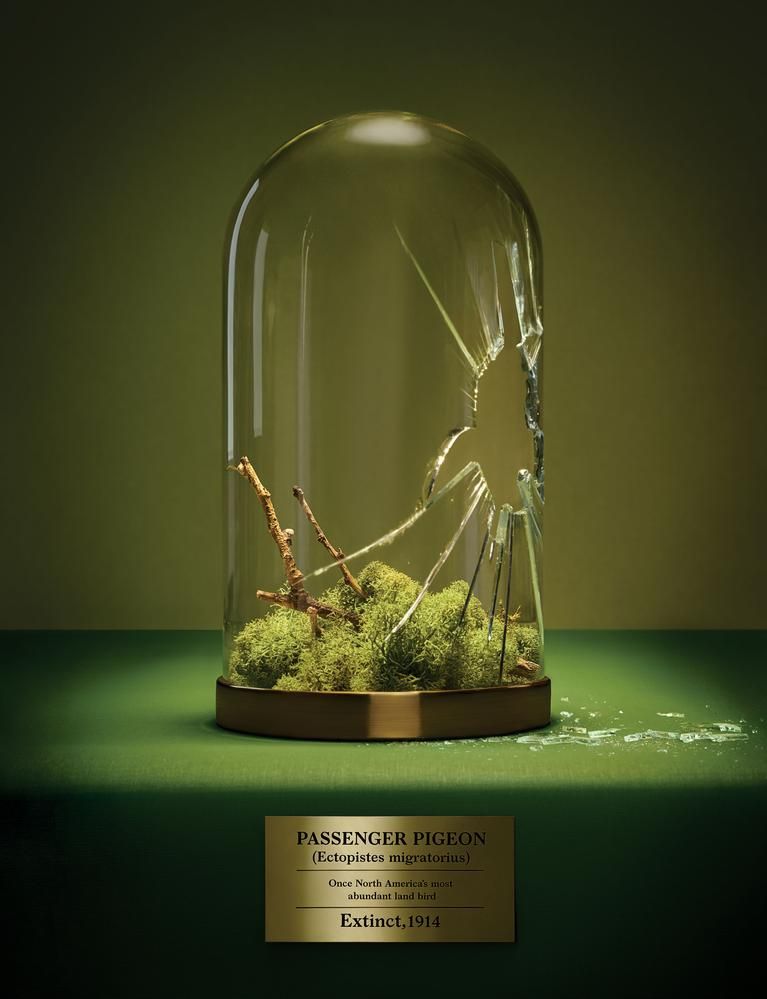“The last known traveller pigeon, a flying creature named Martha, kicked the bucket in bondage at a Cincinnati zoo in 1914. Her death started the death of current preservation laws to ensure other imperil ed species in the U.S.”

Presently, over 100 years after the fact, the Passenger Pigeon is again propelling preservation. In spite of the fact that the de-termination of the Passenger Pigeon will probably take decades, de-elimination investigate is as of now producing basic science that could change winged creature protection. Moreover, Passenger Pigeon de-elimination offers another chance to accomplish long haul protection objectives for forest woodlands in the eastern United States. At the meeting, George Church, a Crispr pioneer, and geneticist at Harvard Medical School spread out a logical guide for restoring a species. Church concentrated not on the traveller pigeon but rather all alone pet task, the wool producing mammoth. Researchers, Church clarified, had halfway sequenced the mammoth’s genome utilizing DNA extricated from antiquated bones and different remains. Outfitted with that data, they could utilise Crispr to alter DNA from the Asian elephant, the giant mammoth’s nearest living relative. Through hereditary reordering, physical and social qualities of the mammoth; its namesake coat and capacity to withstand below zero temperatures, could be added to living elephant cells. The possibility that wool producing mammoths may indeed wander the Earth stood out as truly newsworthy around the globe. In any case, in his talk, titled “Hybridizing With Extinct Species,” Church said that the expected result of his de-termination try was not a hereditary copy of the mammoth.

With enough mammoth DNA, Church clarified, a Crispr-altered Asian elephant would move toward becoming something unique altogether: an advanced half and half that looked and carried on like a mammoth however imparted DNA to a living animal types. The traveler pigeon has a cultlike following—a worldwide system of “pigeoners” that incorporates researchers, preservationists, ornithologists, pigeon raisers, poultry geneticists and devoted birders anxious to see the species resuscitated. Indeed, even among these obsessives, Novak’s energy emerges. Of the 1,500 stuffed traveler pigeons in exhibition halls and private accumulations, he has by and by seen 497. He comprehends that his fixation is troublesome for the vast majority to get it. He experiences considerable difficulties clarifying it himself. Novak experienced childhood in a town of 200 individuals in North Dakota. Well before he could peruse, he was captivated by the possibility of eradication, delving unsuccessfully for fossils in his lawn.
Source: The Wall Street Journal








